Smart Clothing Requires Conductive Metalized Fabric, Yarns and Threads, How Could You Use them in Your Business?
Most of us are aware of individual sensors that are placed on our bodies to collect biometric data such as: pulse rate, temperature, heart rhythm (ECG/EKG ElectroCardioGram), respiration, oxygen saturation, muscle stretch, brain electrical activity (EEG or ElectroEncephaloGraphy), and physical movement at the doctor’s office, during surgery, or wearing a monitor to confirm the function of the system being monitored. We can even buy sensors that we can put into direct contact with our skin to track these functions at the gym. These sensors are usually made of some conductive material held against our skin by a conductive adhesive. The sensors give our doctors and us useful information about our bodies and their systems in different states of exercise, stress, rest, or sleep.
“Smart Clothing” is defined as clothing that monitors the wearer’s physical condition. Smart shirts and body suits provide a record of the same types of data that are monitored at the doctor’s office. The data from this “Smart Clothing” can be transmitted to an “app via Bluetooth in real time”, or to a recording device by USB for later download to the computer. Over the last few years, it has become possible to have these sensors integrated with our clothing in several different ways: “First Generation” – the sensor was attached to the finished clothing product which put it in contact with the skin, “Second Generation” – the sensor was embedded in the garment, and “Third Generation”– where “the garment itself is the sensor”, the sensor is woven directly into the fabric with metalized yarns and threads. The clothing can be plugged into a wallet-shaped collection device tucked into a pocket, allowing uploading data by USB connection or Bluetooth connection from the collection device to a computer or phone. Some of the clothing even uses a snap-on Bluetooth transmitter that transmits the data directly by RF to the collection device, computer, or phone for later analysis. Future plans for “Smart Clothing” even include the integration of small electronic devices or computers “into” our clothing!
There are now several garments available that can simultaneously measure several functions with different types of sensors, including nearly all of the functions mentioned in the first paragraph of this article, and then downloading it to an app or a computer for analysis of the data. Many times, this information can be very valuable, just to helping you “know your body biometrics and norms” and how your body functions when you are feeling well. This same information can help to identify potential health problems if interpreted correctly.
I had a personal experience that shows how valuable Smart Wear information can be that I will relate here. I had been feeling a “flutter” in my heartbeat for several years that didn’t hurt me or alter my physical function to any noticeable degree. My doctor couldn’t detect it with an ECG in her office, it was not noticed when I had back surgery in a hospital situation, and I began to think that it was just part of my body’s “new normal” as I grew older. I had a wearable personal monitor that couldn’t give me a good breakdown of my sleep stages (the device saying it couldn’t get a “reliable heart rate” for me). The flutter was finally noticed when I went in for a routine endoscopy. I was referred to a cardiologist, who told me I had PVCs (Premature Ventricular Contractions). After more tests and monitoring, it was determined to be an electrical conduction problem in my ventricles, resulting in an unusual beat. PVCs are normal in most people, but the frequency and number of my PVCs were a possible predictor of future heart problems. I had a pro-active cardiac ablation to “remove/burn” some of the over-active neurons that were firing too often in order to stop these contractions. I have had a normal rhythm since my ablation, but am still amazed how final diagnosis was actually hinted at by my wearable technology.
This technology is all possible due to metalized textiles, conductive metalized yarns and threads, and the “flexible output cables” manufactured with TPU (Thermal Poly Urethane) coated conductive yarns and threads that provide the sensor, the signal transmission, and the Bluetooth/USB interface to the computer or App that receives the data. V Technical Textiles, Inc. supplies the flexible metalized textiles and conductive fabrics and the TPU “Wire” for many of the manufacturers of Smart Clothing. If you have a project or an idea to develop, these same materials are used by electronics companies, innovators, and even hobbyists in their projects. V Technical Textiles, Inc. now markets a “TPU Kit” that can be used to discover the value of this type of sensor and conductor, buy it and try it!! Contact us if you have a creative use for our flexible conductive yarns and textile products!
V Technical Textiles, Inc. 4502 State Route 31 Palmyra, NY 14522 www.vtechtextiles.com
info@vtechtextiles.com (315)-597-1674 (315)-597-6687FAX
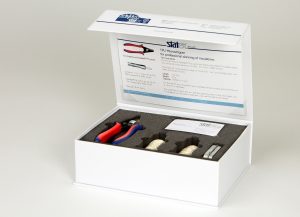
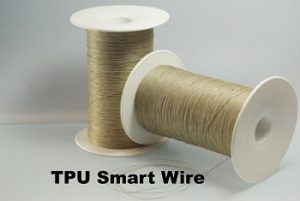


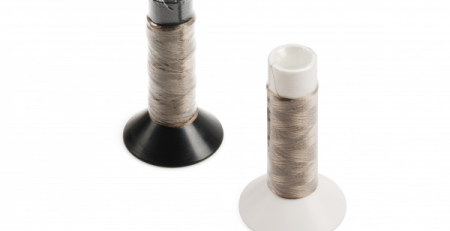
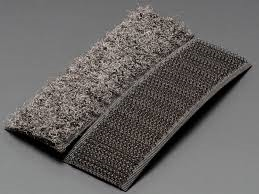
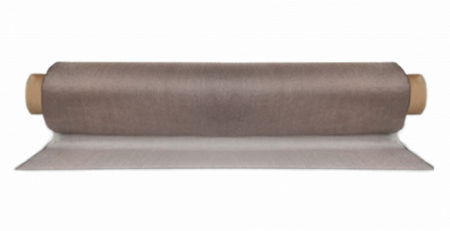

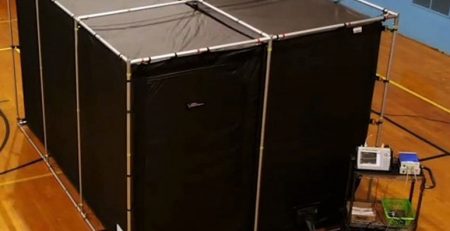

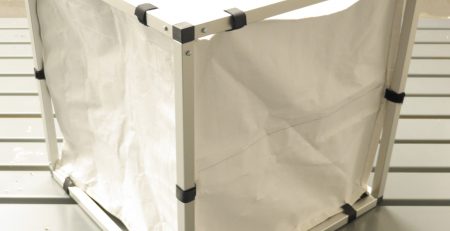
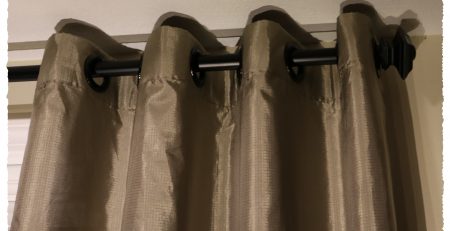
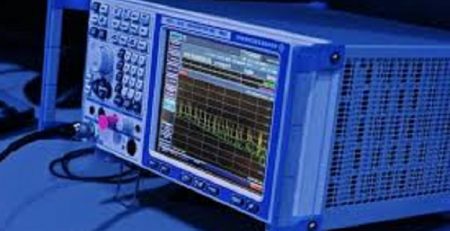


Leave a Reply